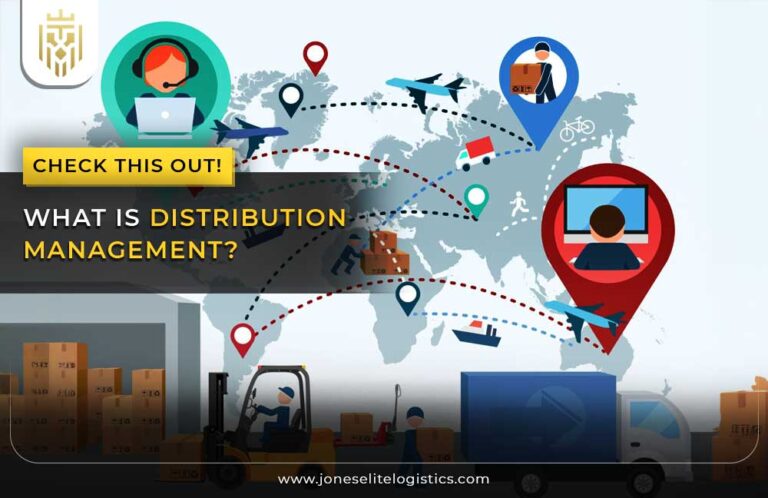What is Multimodal Transportation?
Multimodal transport refers to a logistics system that utilizes at least two different transport modes under a single contract. The multimodal transport meaning emphasizes the seamless management of the entire journey by one provider, ensuring efficient goods movement across various networks, including road, rail, sea, or air. This integrated approach enhances supply chain efficiency and optimizes transportation planning.

Difference Between Intermodal and Multimodal Transportation:
In multimodal transportation, a single operator oversees the entire logistics process through one contract, simplifying operations. Conversely, intermodal transportation involves multiple carriers and contracts for each leg of the journey, which increases the complexity and coordination required in multimodal transportation planning. Understanding these differences helps businesses choose the best option for their logistics needs.

Functions of Multimodal Transport:
The key functions of multimodal transport include optimizing resources and promoting greener practices while reducing costs and meeting customer demands. By addressing diverse transportation needs, multimodal transportation enhances efficiency and sustainability in global supply chains. This holistic approach enables a multimodal transport operator to adapt quickly to market changes and improve overall service quality.
Types of Multimodal transportation:
Types of Multimodal Transport encompass various combinations of transport modes, including road-rail, road-sea, road-air, rail-sea, road-rail-water, road-rail-air, and road-rail-sea. Each type involves different means, such as trucks, trains, ships, and planes, optimized for efficient goods movement. Understanding these types is essential for effective multimodal transportation planning and execution.
Rail-Sea Transport:
The rail-sea transport method involves moving goods using both trains and ships. Initially, goods are transported by train to a port, where they are then transferred to a ship. This combination of transport modes is a prime example of multimodal transport that maximizes efficiency and minimizes transit times.
Road-Air transport:
In road-air transport, goods are first loaded onto trucks and transported to an airport. Once at the airport, they are flown to the destination before being delivered by truck for the final leg of their journey. This combination illustrates the advantages of multimodal transport in facilitating rapid delivery across long distances.
Road-Sea transport:
Road-sea transport involves an initial truck journey to a port, where goods are transferred to a ship for the next leg of their journey. Once the ship reaches its destination, goods are returned to trucks for final delivery. This method exemplifies how multimodal transportation efficiently connects different transport modes.
Road-rail transport:
Road-rail transport combines trucks and trains, with goods first moved by truck to a terminal, then transferred to a train for the main journey. This system enhances delivery efficiency, showcasing the effectiveness of multimodal transport in optimizing logistics processes.
Road-Rail-Water Transport:
The road-rail-water transport method integrates trucks, trains, and ships for comprehensive logistics solutions. Goods are initially transported by truck to a rail terminal, then shipped across the sea, ultimately returning to trucks for local delivery. This approach underscores the flexibility and effectiveness of multimodal transportation.
Road-Rail-Air Transport:
The road-rail-air method utilizes trucks to transport goods to a rail terminal, where they are transferred to trains, flown to an airport, and finally delivered by truck. This complex yet efficient integration is a prime example of multimodal transport optimizing delivery speed.
Road-Rail-Sea Transport:
This method combines trucks, trains, and ships for transporting goods. Initially, products are moved by truck to a rail terminal, transferred to a train, and then loaded onto a ship for overseas travel. This synergy of transport modes demonstrates the effectiveness of multimodal transportation in global trade.
Advantages of Multimodal Transportation:
Multimodal transportation presents numerous advantages, such as enhanced safety, improved logistics efficiency, and cost reduction. Centralized responsibility ensures accountability and helps meet tight deadlines while reducing carbon footprints, benefiting both businesses and the environment.
Enhanced Safety and Control:
By utilizing multimodal transport, shippers can select optimal routes and transportation modes tailored to their needs. This flexibility allows for better control and safety, avoiding congested areas and minimizing the risk of delays during transit.

Improved Logistics:
Multimodal transportation streamlines logistics by reducing costs, shortening delivery times, and enhancing overall efficiency. The use of various transport modes also improves security, reduces carbon emissions, and promotes better coordination, leading to higher customer satisfaction.
Centralized responsibility:
Multimodal transport fosters centralized responsibility, optimizing various transportation modes to streamline supply chain operations. This integration improves efficiency, as a single multimodal transport operator manages the entire process, ensuring seamless transitions between different transport modes.

Deadlines:
Multimodal transportation effectively minimizes delays and improves reliability by allowing one provider to manage the entire freight process. This centralized control helps reduce time-related costs and enhances overall coordination across different transportation modes, ensuring timely deliveries.
FAQs
1) What is Multimodal Transportation?
Multimodal transport involves using at least two different transport modes (road, rail, air, sea) under a single contract. One operator manages the entire journey, ensuring seamless goods movement across all modes.
2) What are the Functions of Multimodal Transport?
Multimodal transport optimizes resources, promotes greener practices, reduces costs, meets customer demands, and addresses diverse transportation needs. It enhances efficiency, sustainability, and flexibility in global supply chains.
3) What is the Difference Between Intermodal and Multimodal Transportation?
Multimodal transport uses one contract and operator for the entire journey. Intermodal transport requires multiple contracts and carriers for each leg, increasing logistical complexity and coordination.
4) What are the Types of Multi transportation?
Multimodal transport includes combinations like road-rail, road-sea, road-air, rail-sea, road-rail-water, road-rail-air, and road-rail-sea, involving different modes (trucks, trains, ships, planes) to optimize goods movement.









